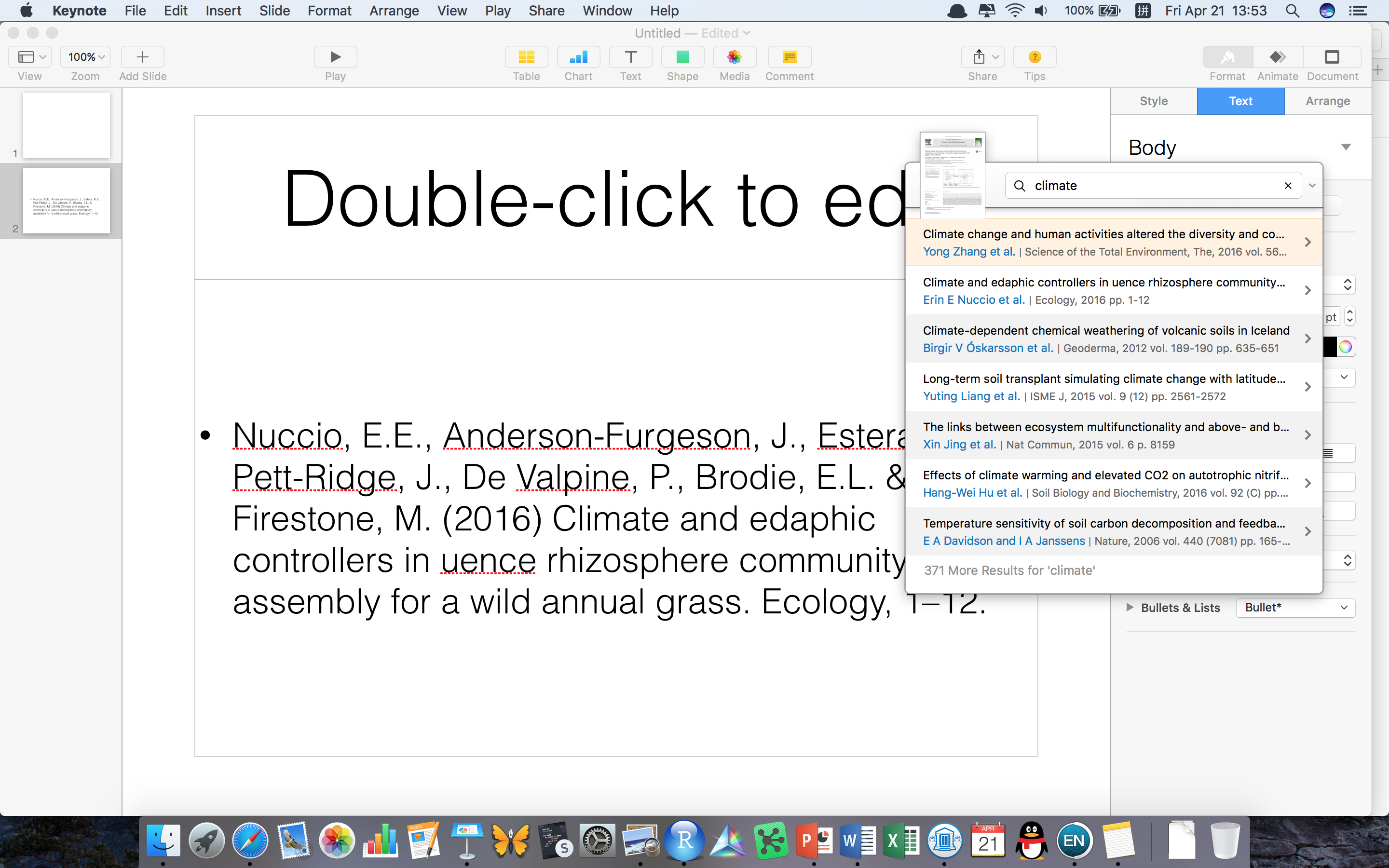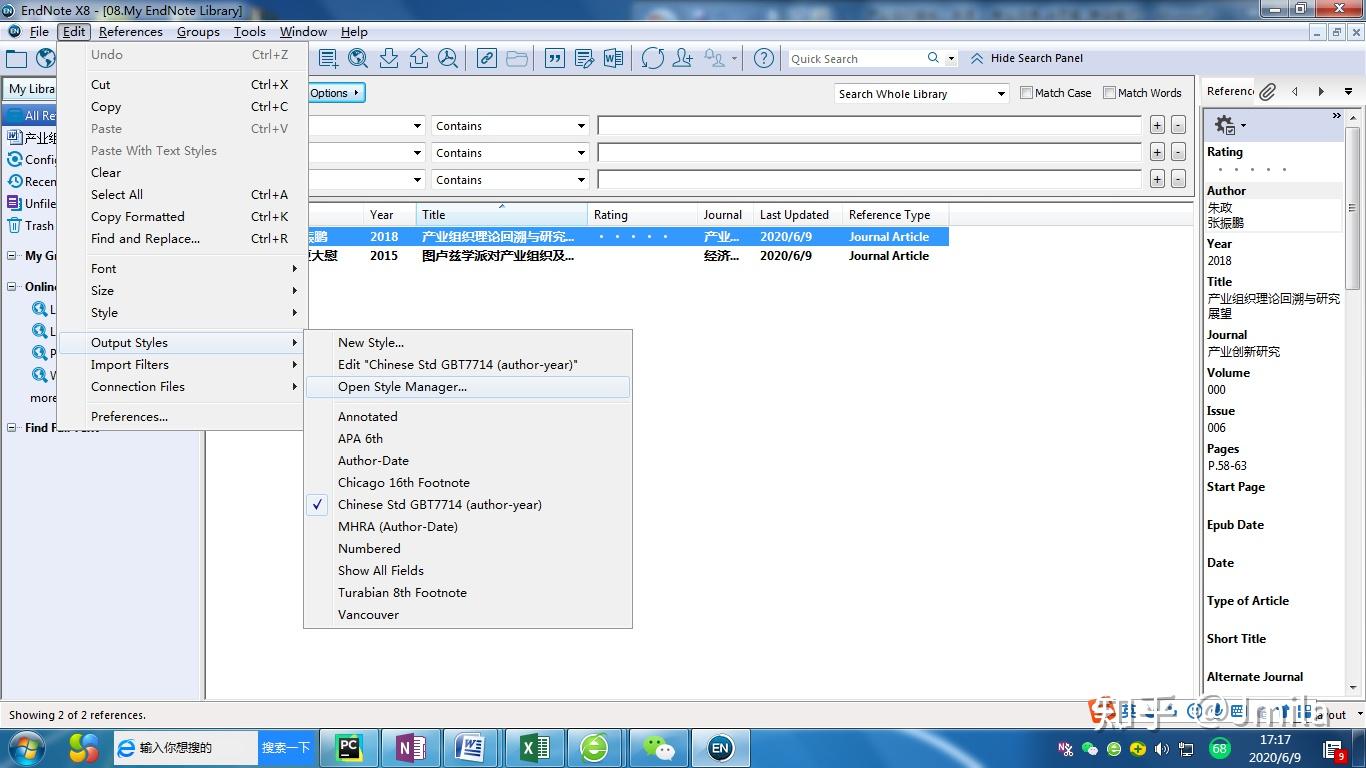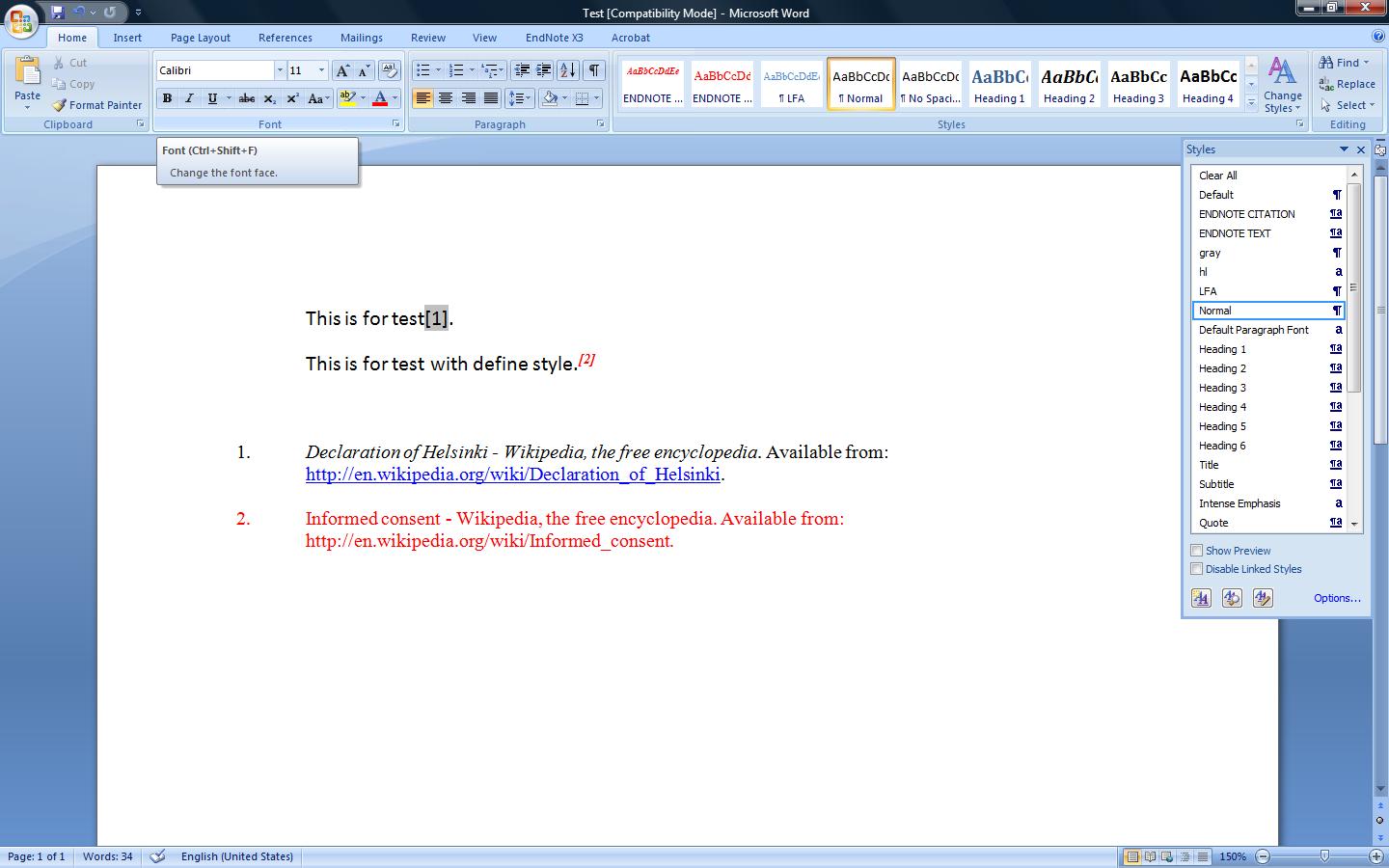
Numerous places online and my lecture course reference this fact but I can't seem to find any exposition of it. This was discussed by many mathematicians, including Grothendieck! Finally Per Enflo published a paper in the 1970s giving an explicit example of a space without such a basis and indeed solving a number of other problems simultaneously (the space has an operator on it with no nontrivial proper invariant subspace etc.). Isky Mathews Asks: Is there an exposition of the space of Per Enflo?įamously, a problem which stood for many years concerning Banach spaces was whether or not every one admitted a Schauder basis. Please let me know if there are any errors. This then means the area of the circle would be ((sqrt(2)*r)^2)(pi) or 2(pi)(r^2) since this is only half of the total surface area we multiply this by 2 to get 4(pi)(r^2) So the radius of this circle would be sqrt(2)*r. The circle would have the radius of the hypotenuse of the previous triangle. Now imagine flattening the half to get a circle. Using the pythagorean theorem we get that the hypotenuse would be sqrt(2)*r. The sides opposite to each of the 45 degree angles would have a length of r. Now taking one of the half lets imagine construct a 45-45-90 degree triangle inside the half. So finding the curved surface area of one of them and multiplying it by 2 gives us the total Surface area of the sphere. So Imagine splitting the the sphere in half. Now if we add the two area we get (pi)(r^2)+(pi)(r)(l).įor the sphere let r be the radius. The area of this ellipse would be pi(r)(l). The flattened shape would be an ellipse with axiis r and l. Now to get the area of the curved region imagine flattening the curved region as if it were a piece of paper. The circle's area would simply be (pi)(r^2). Adding these 2 areas would give us the total area. So think about a cones surface area, it is composed of a circle at the base of the cone and the curved area. I will start with a cone as the proof is more simple.įor the cone assume r=radius, l=slant length, and h=height. So I think I have found a new way to prove the surface area of spheres and cones.

$\tau=it$Īny help or hints on how to get started on deriving the path-integral for this thermal density matrix expression will be much appreciated.Īlgebrawhiz243 Asks: Possible new proof for Surface area of spheres and cones $$ Z = Tr(e^ $$ for a uniform $\beta$ after wick rotation, i.e.


Concretely, I'm trying to derive a path-integral expression for the following thermal partition function with a free scalar Hamiltonian : I've been fiddling with deriving a path-integral expression for a thermal partition function with a position-dependent temperature but I'm not sure how to get started on this. Amro Asks: Deriving a path-integral expression for a thermal density matrix with position-dependent temperature


 0 kommentar(er)
0 kommentar(er)
